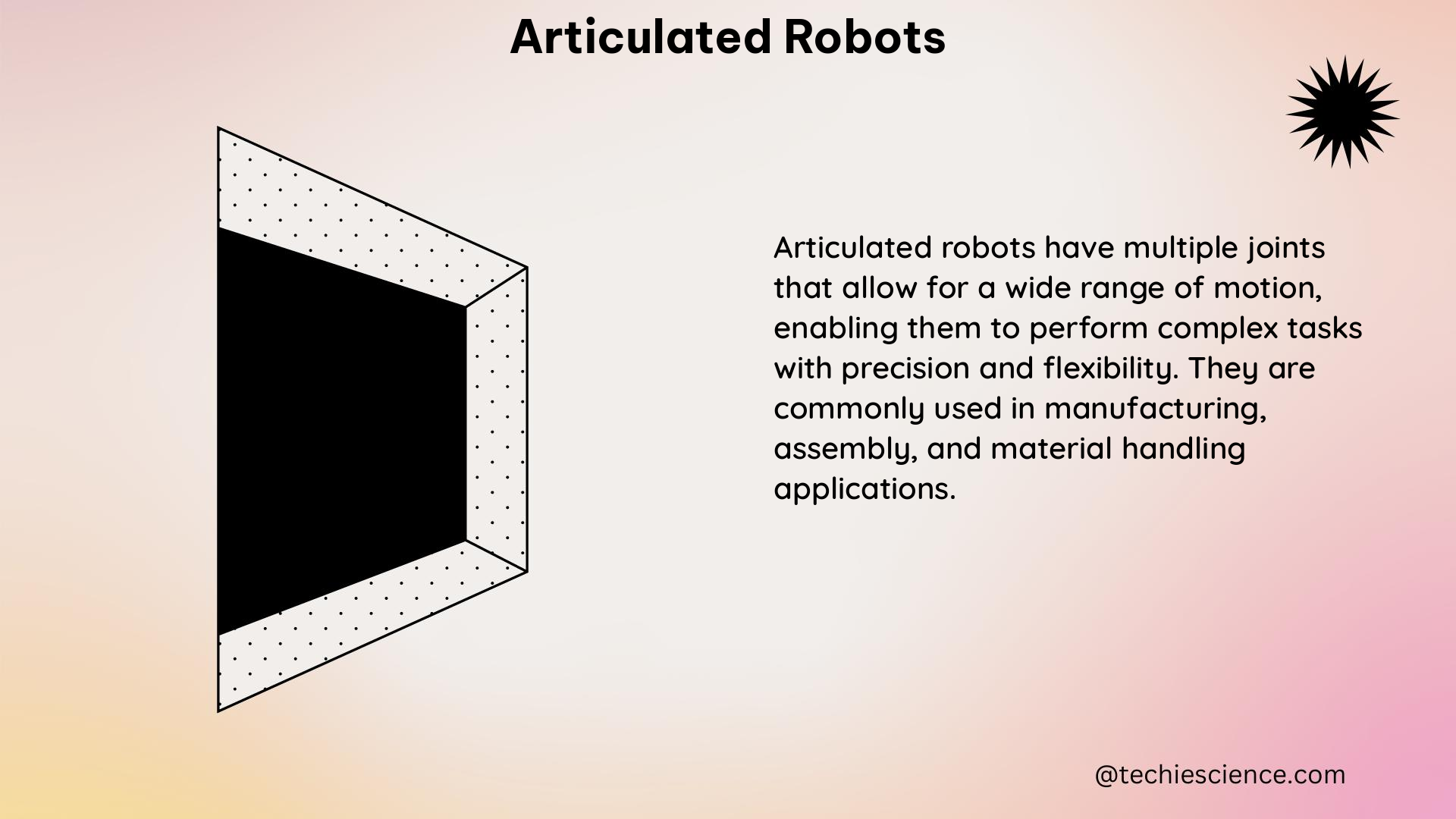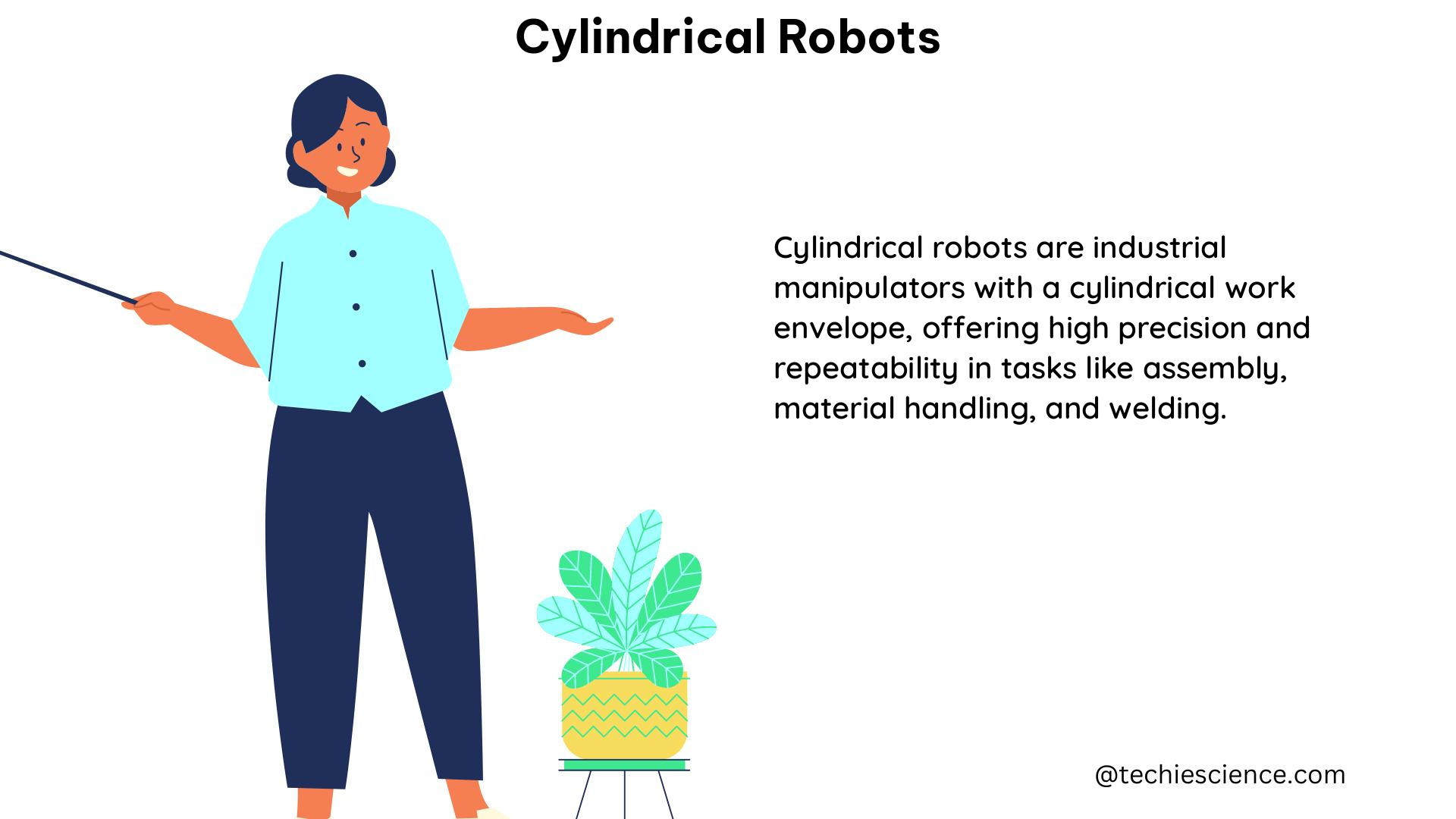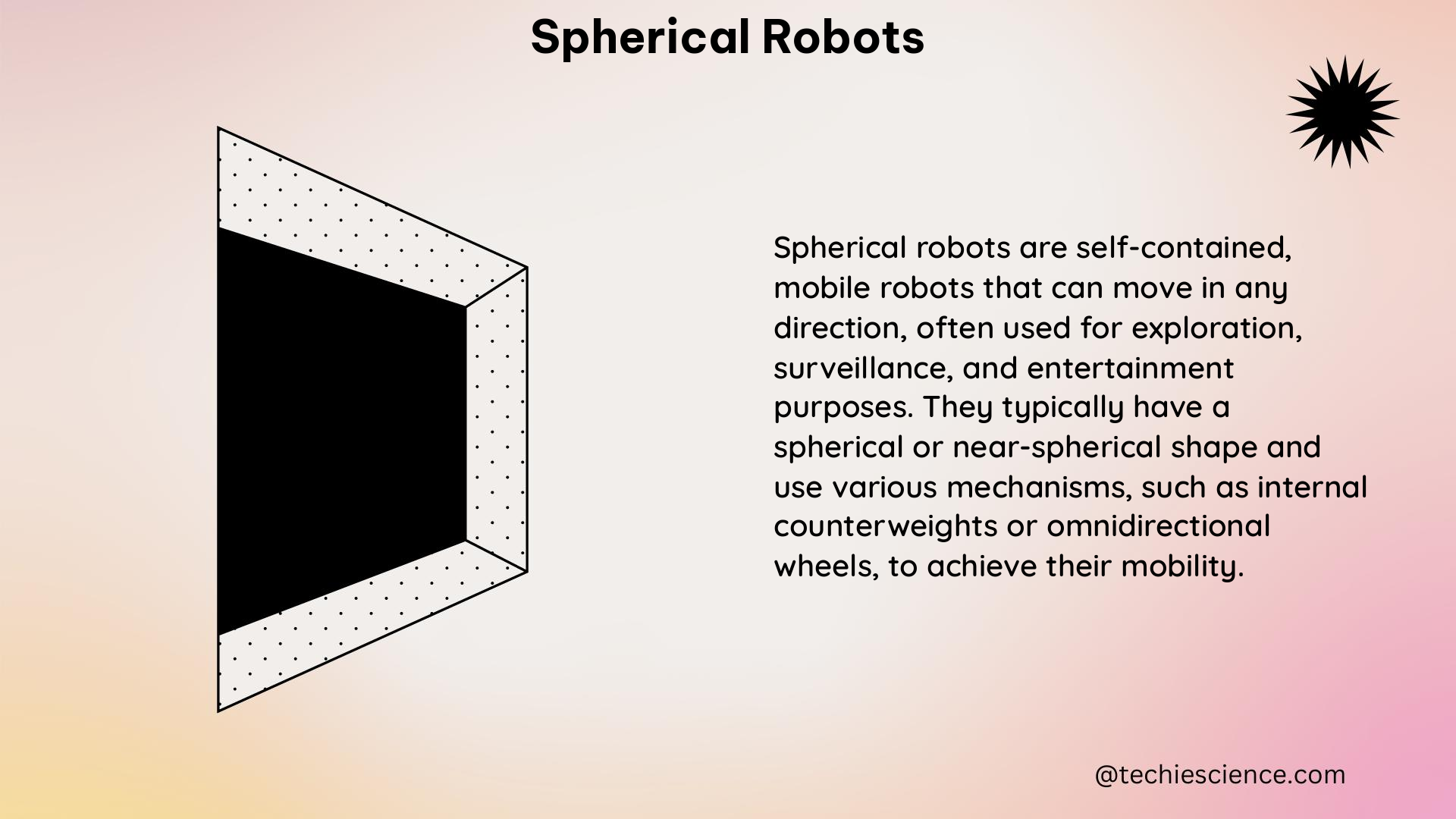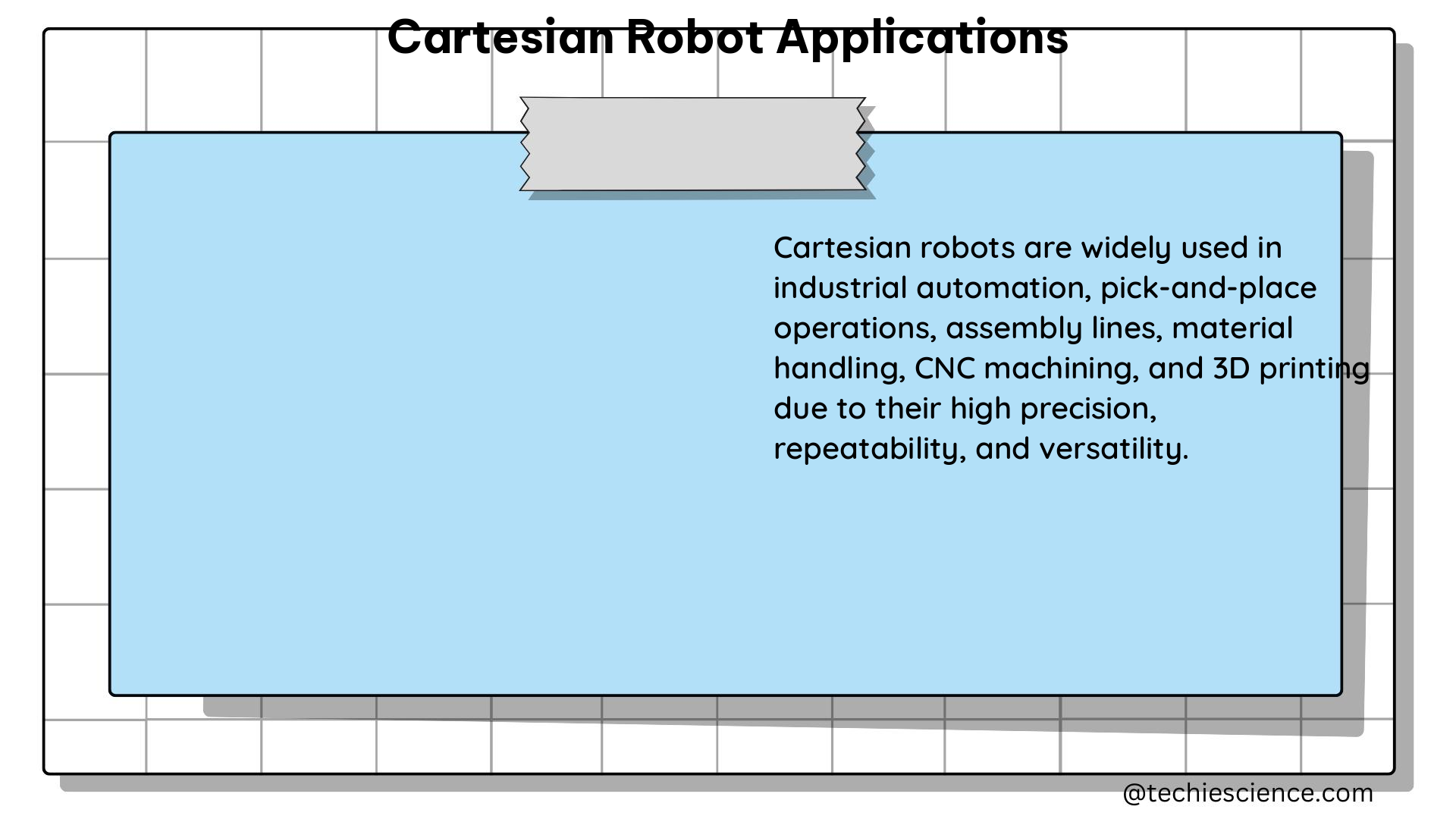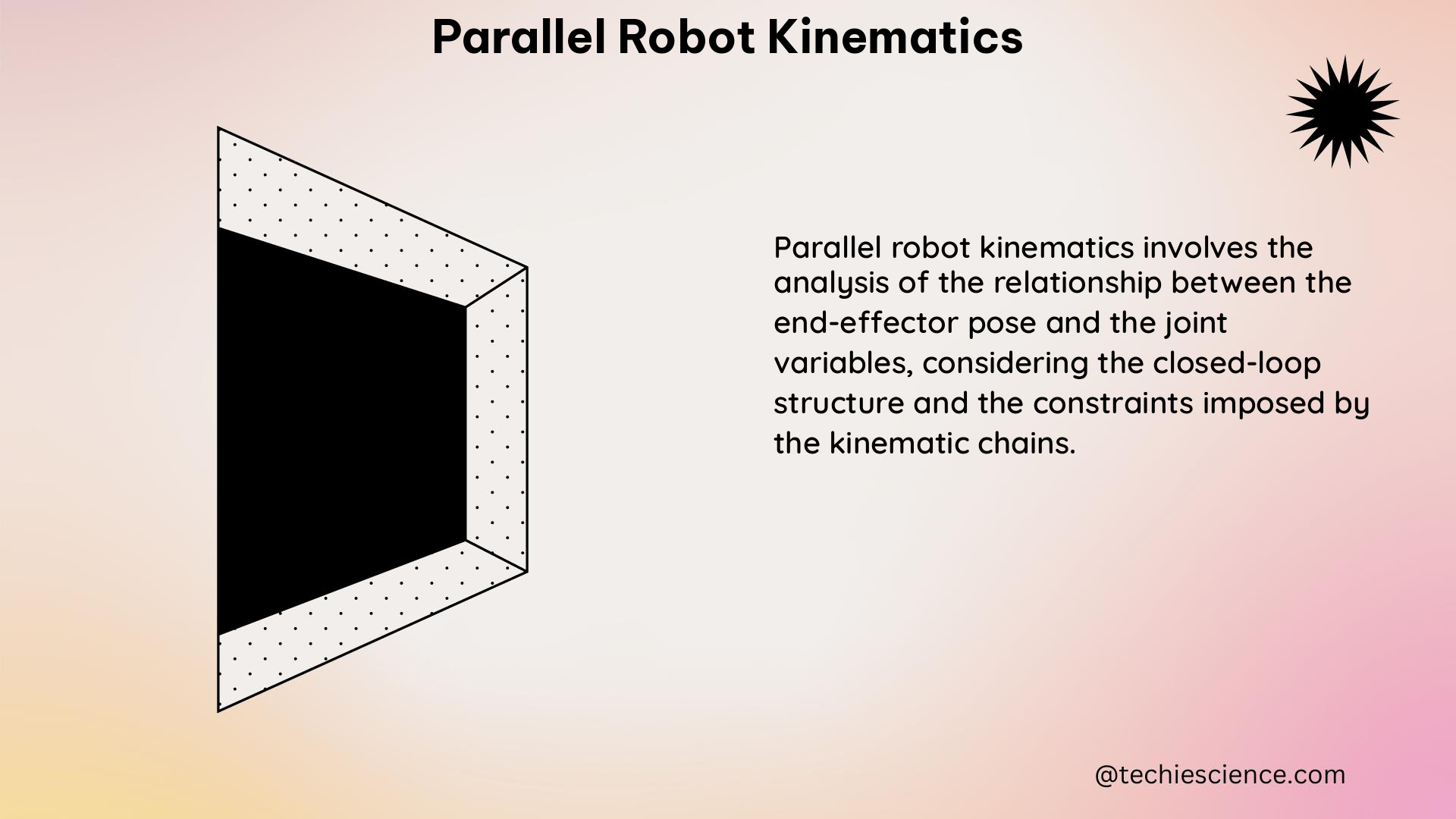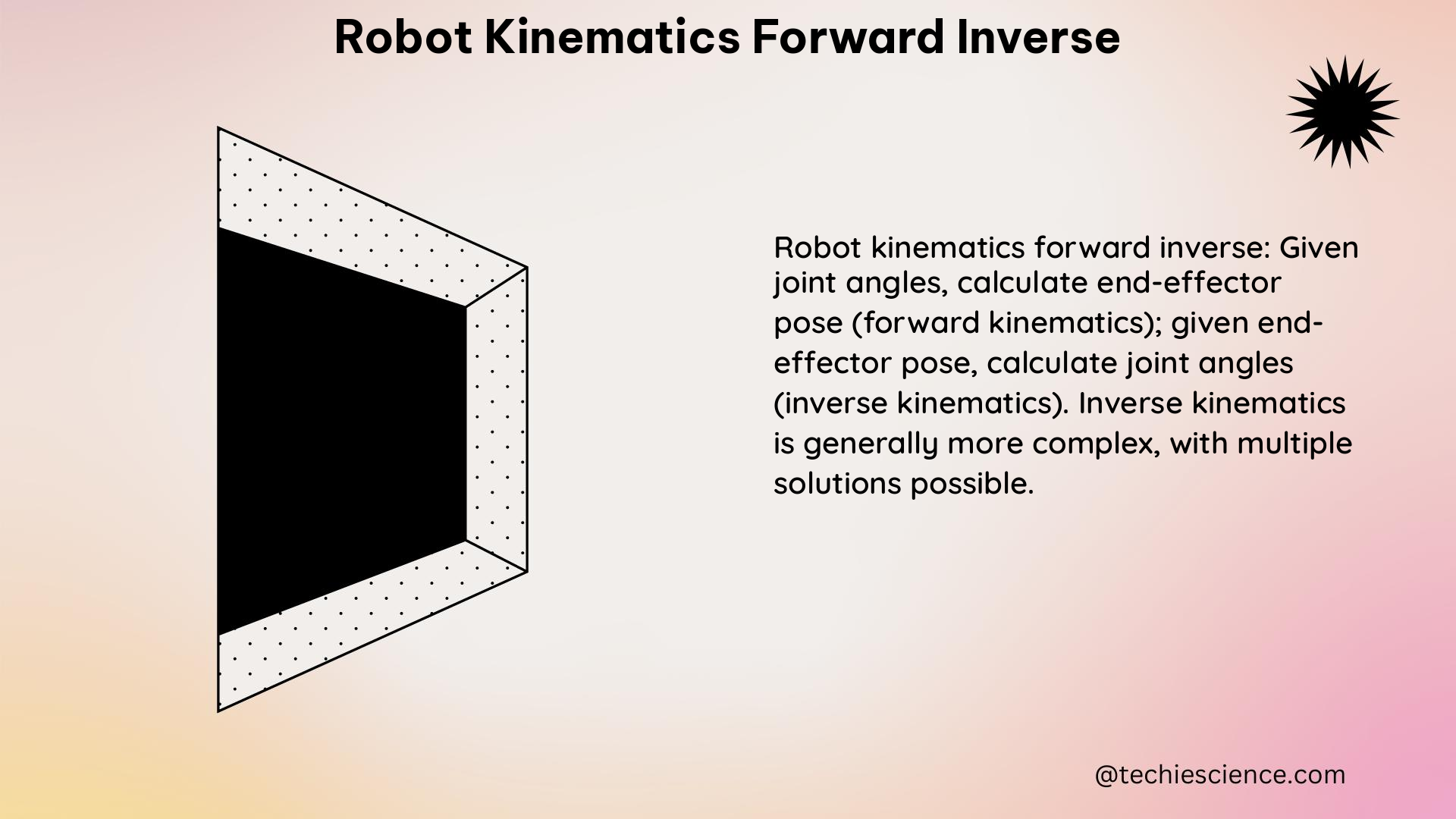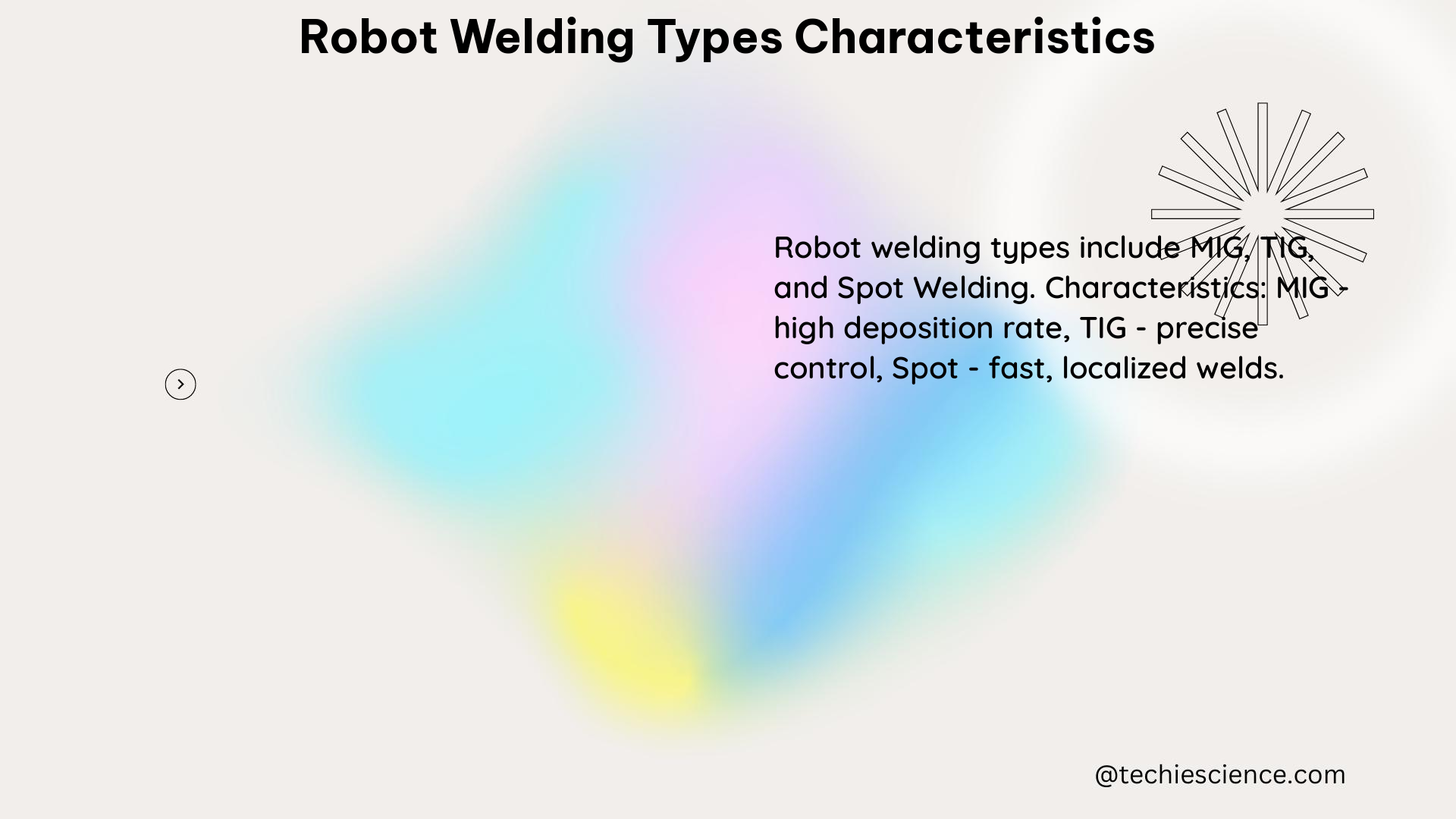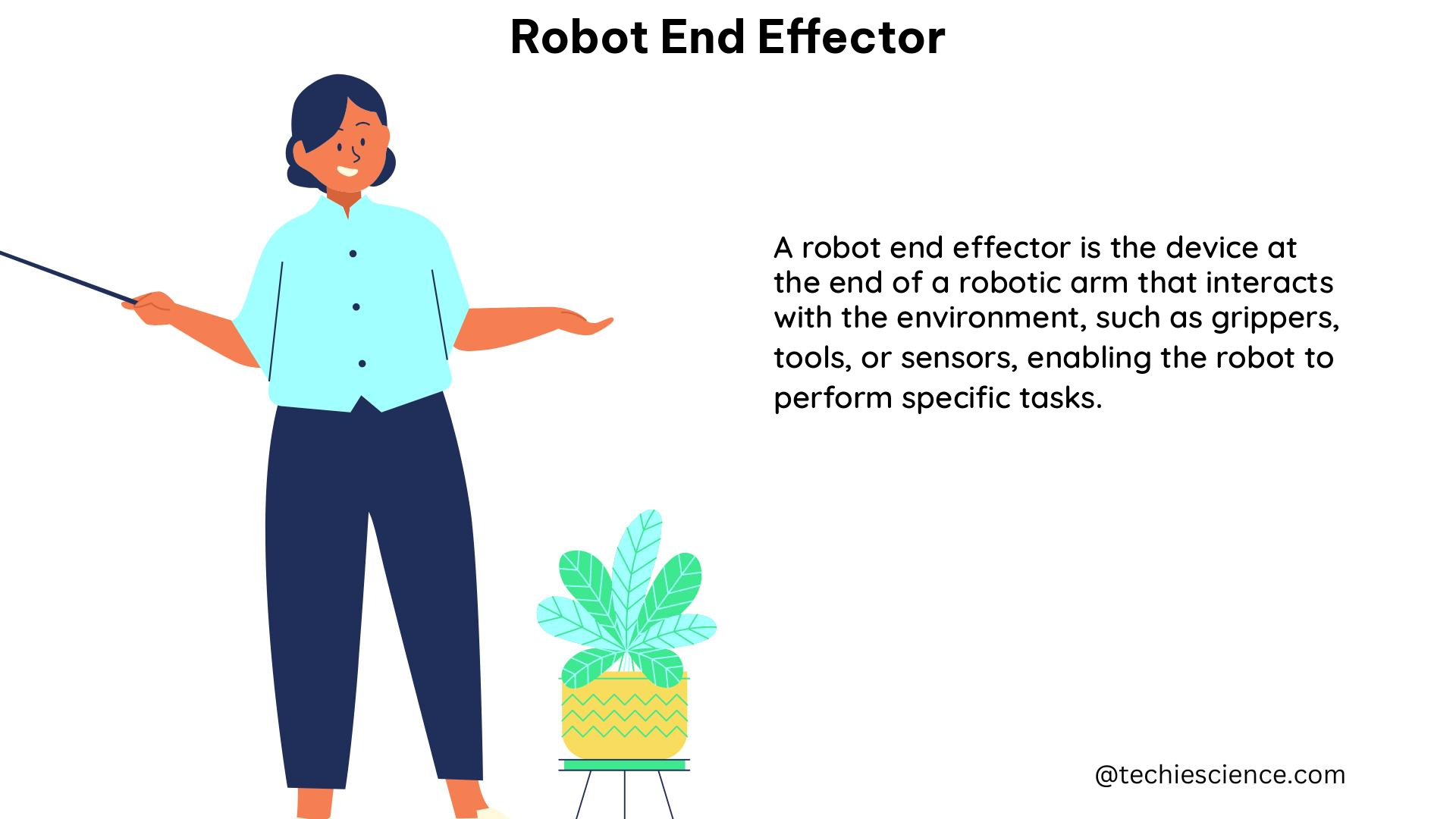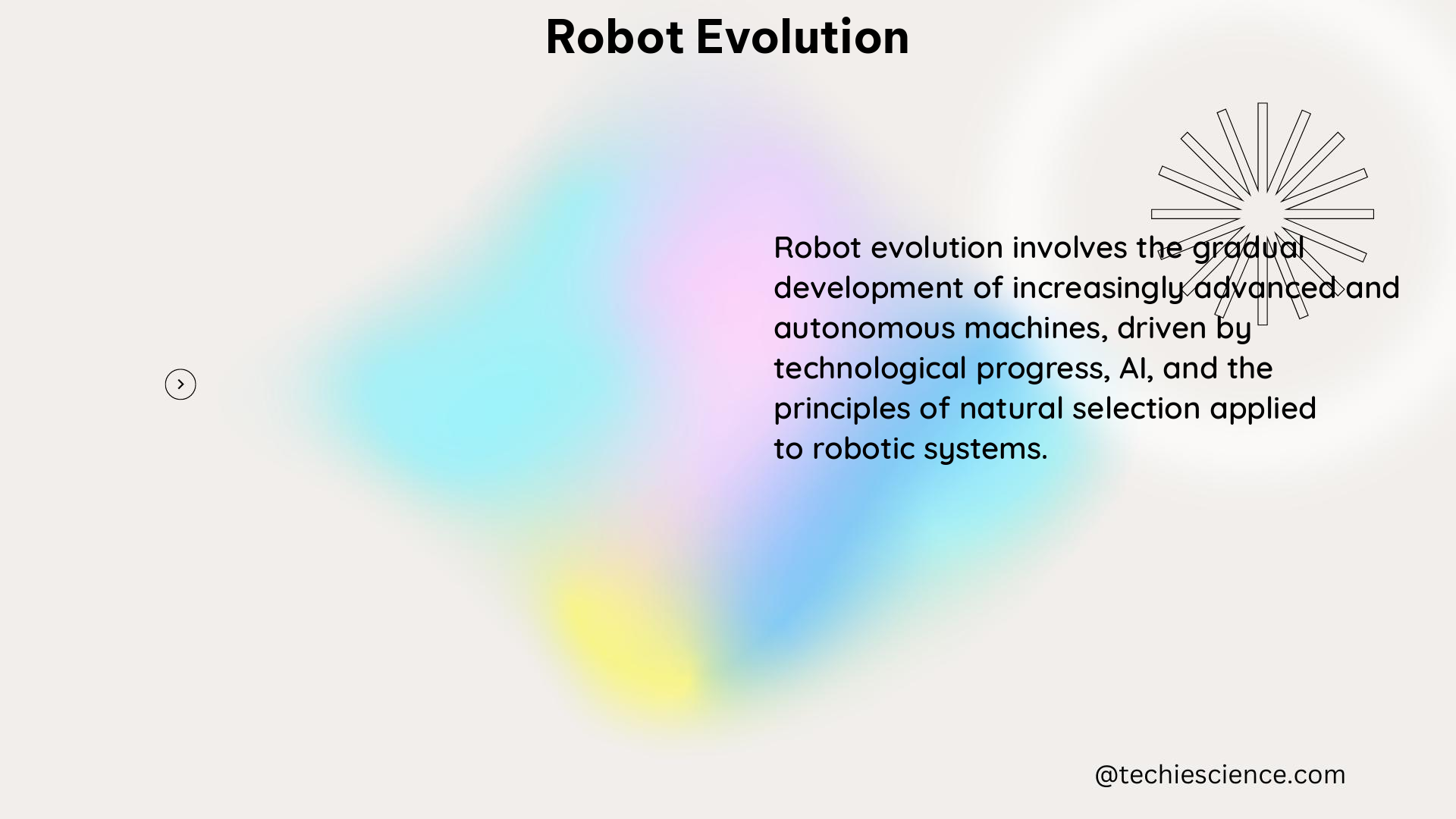Robotic vision, also known as machine vision, is a critical component of modern robotics that enables robots to perceive and interpret their environment visually. This comprehensive guide delves into the essential features and technical specifications of robotic vision, providing a valuable resource for science students and enthusiasts alike.
Important Features of Robotic Vision
1. Image Acquisition
The foundation of robotic vision is the ability to capture high-quality images of the environment. Robotic vision systems typically use cameras, and the quality and resolution of these cameras can significantly impact the system’s performance. Key factors to consider include:
- Sensor Type: Robotic vision systems can utilize a variety of sensor types, such as CCD (Charge-Coupled Device) or CMOS (Complementary Metal-Oxide-Semiconductor) image sensors. Each sensor type has its own advantages and trade-offs in terms of resolution, sensitivity, and cost.
- Resolution: The resolution of the camera, measured in megapixels (MP), determines the level of detail that can be captured in the image. Higher resolution cameras can provide more detailed information, but they also require more processing power and storage.
- Dynamic Range: The dynamic range of the camera, measured in decibels (dB), represents the ratio between the brightest and darkest parts of the image that can be captured without losing detail. A higher dynamic range is essential for capturing images in challenging lighting conditions.
- Spectral Sensitivity: Robotic vision systems may need to operate in different spectral ranges, such as visible light, infrared, or ultraviolet. The camera’s spectral sensitivity should be matched to the specific application requirements.
2. Image Processing
Once an image is captured, it needs to be processed to extract useful information. This process can involve a variety of techniques, including:
- Filtering: Image filtering techniques, such as Gaussian, median, or edge detection filters, can be used to enhance or suppress specific features in the image.
- Segmentation: Segmentation algorithms divide the image into distinct regions or objects, which can be useful for object recognition and scene understanding.
- Feature Extraction: Feature extraction techniques, such as corner detection, edge detection, or texture analysis, can identify and quantify specific characteristics of the image that are relevant to the application.
3. Object Recognition
One of the primary goals of robotic vision is to recognize and identify objects in the environment. This can be achieved using a variety of techniques, including:
- Pattern Recognition: Pattern recognition algorithms, such as template matching or feature-based matching, can be used to identify known objects in the image.
- Machine Learning: Machine learning techniques, such as convolutional neural networks (CNNs) or support vector machines (SVMs), can be trained to recognize and classify objects in the image.
- Deep Learning: Deep learning models, such as deep CNNs or recurrent neural networks (RNNs), can learn complex representations of objects and scenes, enabling more advanced object recognition capabilities.
4. Localization and Mapping
In addition to recognizing objects, robotic vision systems can also determine the location and orientation of the robot within the environment. This is known as localization, and it can be achieved using techniques such as:
- Simultaneous Localization and Mapping (SLAM): SLAM algorithms use sensor data, including visual information, to simultaneously build a map of the environment and track the robot’s position within that map.
- Visual Odometry: Visual odometry techniques use the relative motion of features in the image to estimate the robot’s position and orientation over time.
- Landmark-based Localization: By identifying and tracking specific landmarks in the environment, the robot can determine its position relative to those landmarks.
5. Decision-making
Once the robot has interpreted the visual information, it needs to make decisions based on that information. This can involve a variety of techniques, including:
- Decision Trees: Decision trees are a type of machine learning algorithm that can be used to make decisions based on the observed visual data.
- Fuzzy Logic: Fuzzy logic systems can handle the uncertainty and ambiguity inherent in visual information, allowing the robot to make decisions in complex or ill-defined environments.
- Artificial Intelligence: Advanced AI techniques, such as reinforcement learning or deep reinforcement learning, can enable robots to make more sophisticated decisions based on their visual perception of the environment.
Technical Specifications of Robotic Vision
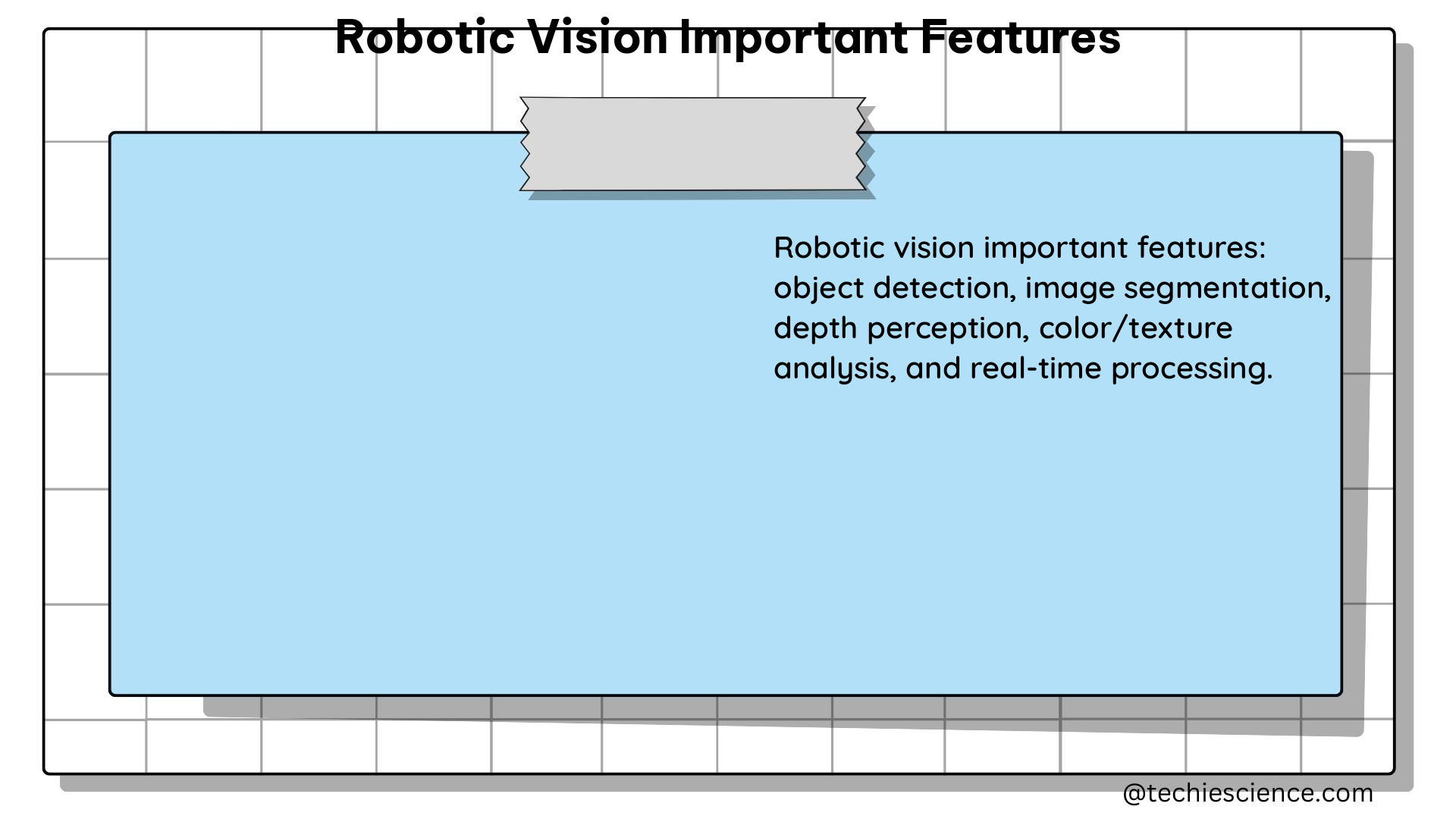
1. Resolution
The resolution of the camera is a critical factor in robotic vision. Higher resolution cameras can capture more detail, but they also require more processing power and storage. Common resolutions for robotic vision applications include:
- VGA (640×480): A standard resolution for many low-cost cameras, providing a good balance between image quality and processing requirements.
- HD (1280×720): A higher resolution that can provide more detailed information, but requires more processing power and storage.
- Full HD (1920×1080): An even higher resolution that can be useful for applications requiring very detailed visual information, but with even greater processing and storage demands.
2. Frame Rate
The frame rate of the camera determines how quickly it can capture images. A higher frame rate can be useful in dynamic environments, where the robot needs to respond quickly to changes in the environment. Typical frame rates for robotic vision applications range from:
- 30 FPS (Frames Per Second): A common frame rate for many consumer-grade cameras, providing a good balance between image quality and processing requirements.
- 60 FPS: A higher frame rate that can be useful for capturing fast-moving objects or scenes, but requires more processing power.
- 120 FPS or higher: Extremely high frame rates can be beneficial for specialized applications, such as high-speed object tracking or motion analysis, but come with significant processing and storage challenges.
3. Field of View
The field of view (FOV) of the camera determines how much of the environment it can capture in a single image. A wider FOV can be useful for surveying large areas, but it can also lead to distortion and other issues. Common FOV ranges for robotic vision include:
- Narrow FOV (30-60 degrees): Useful for applications that require high-resolution, detailed information about a specific area of interest.
- Medium FOV (60-90 degrees): A good balance between coverage and detail, suitable for many general-purpose robotic vision applications.
- Wide FOV (90-180 degrees): Provides a broader view of the environment, which can be beneficial for navigation, mapping, or situational awareness, but may introduce distortion and other challenges.
4. Lighting
Lighting is a critical factor in robotic vision, as it can significantly impact the quality and clarity of the captured images. Factors to consider include:
- Illumination Level: The overall brightness of the environment can affect the camera’s ability to capture clear, well-exposed images. Robotic vision systems may need to operate in a wide range of lighting conditions, from bright sunlight to low-light indoor environments.
- Lighting Uniformity: Uneven or inconsistent lighting can create shadows, highlights, and other artifacts that can make it difficult for the vision system to process the image accurately.
- Spectral Composition: The specific wavelengths of light present in the environment can affect the camera’s sensitivity and the performance of image processing algorithms. Some applications may require specialized lighting, such as infrared or ultraviolet illumination.
5. Processing Power
The processing power of the robot’s computer is a critical factor in robotic vision, as it determines the complexity of the image processing and decision-making tasks that can be performed. Key considerations include:
- Processor Type: Robotic vision systems may utilize a variety of processor types, such as CPUs, GPUs, or specialized vision processing units (VPUs), each with their own strengths and trade-offs in terms of performance, power consumption, and cost.
- Processor Speed: The clock speed of the processor, measured in gigahertz (GHz), can significantly impact the speed and responsiveness of the vision system.
- Parallel Processing: Many image processing and machine learning algorithms can be parallelized, taking advantage of multiple processor cores or specialized hardware accelerators to improve performance.
- Memory and Storage: The amount of RAM and storage available to the vision system can affect its ability to handle high-resolution images, complex algorithms, and large datasets.
DIY Resources for Robotic Vision
1. Raspberry Pi Camera Module
The Raspberry Pi Camera Module is a low-cost, compact camera that can be used for a wide range of robotic vision projects. Key features include:
- Resolution: 5 megapixels
- Frame Rate: Up to 60 frames per second
- Connectivity: Connects directly to the Raspberry Pi board via a dedicated camera interface
- Cost: Typically under $25 USD
2. OpenCV
OpenCV (Open Source Computer Vision Library) is a powerful, open-source computer vision library that provides a wide range of tools and algorithms for image processing, object recognition, and more. Some key features of OpenCV include:
- Cross-platform: Supports Windows, Linux, macOS, and various embedded platforms
- Language Support: Provides bindings for C++, Python, Java, and other programming languages
- Extensive Algorithms: Includes a vast collection of pre-built computer vision and machine learning algorithms
- Active Community: A large and active community of developers and researchers contribute to the library’s ongoing development
3. Python
Python is a popular programming language for robotic vision projects, thanks to its simplicity, readability, and extensive ecosystem of libraries and frameworks. Some key Python resources for robotic vision include:
- NumPy: A powerful library for numerical computing, providing support for large, multi-dimensional arrays and matrices.
- SciPy: A collection of mathematical algorithms and convenience functions, including those useful for optimization, linear algebra, and statistics.
- Matplotlib: A comprehensive library for creating static, animated, and interactive visualizations in Python.
- Scikit-learn: A machine learning library that provides simple and efficient tools for data mining and data analysis.
4. Arduino
Arduino is a popular open-source electronics platform that can be used for a variety of robotic vision projects. While not as powerful as some other options, Arduino can be a great choice for simple, low-cost vision systems. Some key Arduino resources include:
- Arduino Vision Shields: Specialized hardware modules that provide camera and image processing capabilities for Arduino boards.
- Arduino Vision Libraries: Software libraries, such as ArduCAM and OpenMV, that simplify the development of vision-based Arduino projects.
- Arduino Vision Tutorials: A wealth of online tutorials and examples demonstrating how to use Arduino for robotic vision applications.
By understanding the essential features and technical specifications of robotic vision, as well as the available DIY resources, science students and enthusiasts can dive deeper into the fascinating world of machine perception and robotic intelligence.
References:
- How to Maximize the Flexibility of Robot Technology with Robot Vision: https://howtorobot.com/expert-insight/robot-vision
- Vision for Robotics – CiteSeerX: https://citeseerx.ist.psu.edu/document?doi=15941d6904c641e9225bb00648d0664026d17247&repid=rep1&type=pdf
- VISUAL CONTROL OF ROBOTS: https://petercorke.com/bluebook/book.pdf
- Robotic sensing – Wikipedia: https://en.wikipedia.org/wiki/Robotic_sensing
- How do you measure the value of robotics projects for clients?: https://www.linkedin.com/advice/0/how-do-you-measure-value-robotics-projects-clients-skills-robotics
